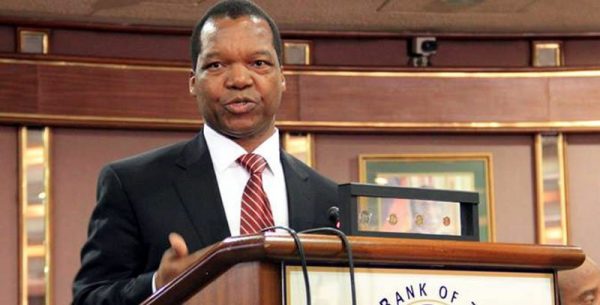New monetary policy: The worst possible scenario to the miner

The new monetary policy which was presented by the Reserve Bank of Zimbabwe governor Dr John Mangudya on Wednesday aimed at giving value to money through recognizing the fact that RTGS and the USD were not at par, may negatively lead the country to a genesis of serious economic meltdown that will haunt the miner instead of reviving them to their greatest potential.
Rudairo Dickson Mapuranga
Experts are of the view that the bank rate of RTGS dollar to the USD will never surpass that on the parallel market, again giving illegal money changers an edge when it comes to the handling of foreign currency than the banks.
“This means that the new policy instead of curbing black market forex trading have actually managed to strengthen it, the black market might again offer a handsome rate which is difficult to resist to those selling foreign currency and this might cause individuals to go and buy USD to the banks and Bureau de change and sell it to the black market, unless very serious measures have been put against illegal foreign currency dealers, the policy might turn to be just a piece of paper assigned to destroy the economy by giving individuals too much power indirectly” said one expert.
What does this mean?
Miners in particular gold artisanal miners have been receiving forex retention of 70 percent from Fidelity Printers and Refiners (FPR), however, with the new monetary policy outlines that these same miners will get forex retention of 55 percent which is a huge decrease considering the fact that small scale artisanal miners have been crying for 100 percent foreign currency.
However, the ability to retain mineral value remains the key point no matter what the market changes to, when one converts RTGS to USD the mineral will retain its value, under the old policy all minerals at 50 percent RTGS lost 39 percent of its value at 1:1 making it not feasible to mine, under the new policy the market rate might ensure the minerals will retain their value in equivalent to USD, on the other hand, the scarcity of the USD and forex might also prove be a stubborn point towards feasibility and equal value.
Also according to some miners, the idea that small scale artisanal miners will receive 55 percent retention might be swept under the carpet considering the idea that these miners have been receiving 70 percent from FPR when in actual fact large scale gold miners were getting 55 percent retention, at a window of more than 30 days of which artisanal miners would receive their money instantly, therefore in reality artisanal gold miners might find themselves in a comfortable situation than the rest of miners.
Miners were robbed?
Miners were receiving up to 70 percent USD retention and another 30 percent in RTGS which was pegged at 1:1 with the USD of which in actual fact RGTS and USD were trading differently on the market, which means miners were being robbed of their hard earned money through the 30 percent RTGS.
Reminiscence in policy
In April 2008 the then RBZ Governor Dr Gideon Gono issued a policy that is similar to this new monitory policy where banks and other legalized individuals were the only ones permitted to buy or sell foreign currency in an effort to stabilize the dollar, however, the policy failed to meet expectations, the country experienced a very high inflation, paper money was printed up to 100 Trillion, illegal forex dealers gained ground and became powerful until the Zimbabwean dollar was scrapped in 2009.


